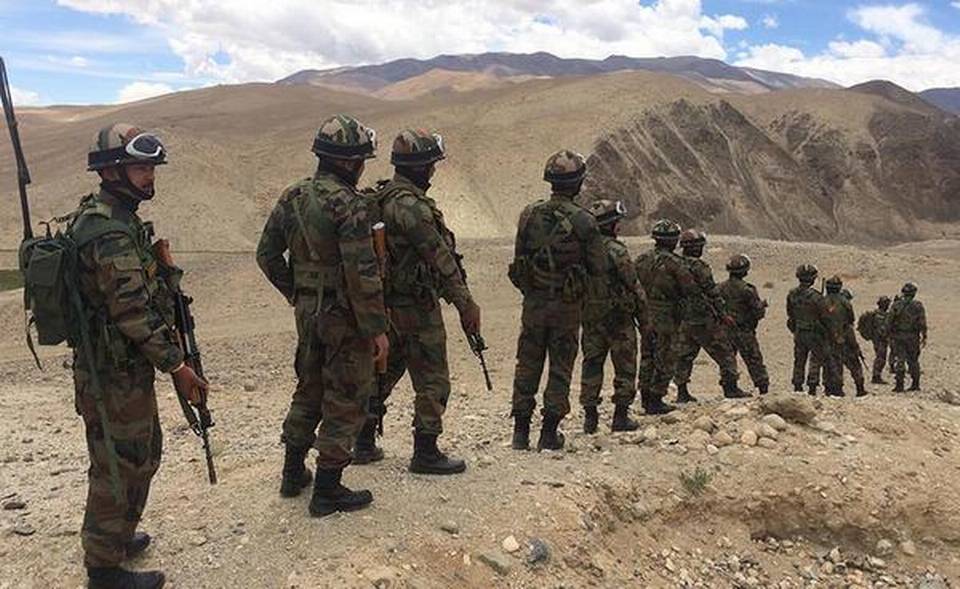The Hindu (16 June 2020) – In a major escalation in the ongoing stand-off between India and China on the border, one Commanding Officer and two jawans of the Indian Army lost their lives during a violent face off with Chinese troops in the Galwan area of Eastern Ladakh on Monday night. These are the first combat deaths on the disputed boundary since 1975.
“During the de-escalation process under way in the Galwan Valley, a violent face-off took place yesterday night with casualties. The loss of lives on the Indian side includes an officer and two soldiers,” the Army said in a statement. Senior military officials of the two sides are currently meeting at the venue to defuse the situation, it stated. However, Army sources said there was no firing during the face-off.
Consequent to the development, Defence Minister Rajnath Singh reviewed the operational situation in Eastern Ladakh along with the Chief of the Defence Staff (CDS) and three Service chiefs, the Army said. External Affairs Minister S Jaishankar was also present in the meeting.
While it is learnt that casualties occurred on the Chinese side too, the details were not known. In Beijing, Chinese Foreign Ministry spokesman Zhao Lijian did not confirm the causalities but accused India of twice crossing the border and attacking Chinese personnel “which led to serious physical conflict between the two sides”.
“Our border troops had a high-level meeting [June 6] and reached important consensus on easing the border situation but astonishingly on June 15 the Indian troops seriously violated our consensus and twice crossed the border line for illegal activities and provoked and attacked Chinese personnel which led to serious physical conflict between the two sides and China has lodged strong protest and representation with the Indian side,” he said.
Asking India to “follow our consensus, strictly regulate its front line troops and do not cross the line, do not stir up troubles or make unilateral moves that may complicate matters,” Mr. Zhao said, “We both agree to resolve this issue through dialogue and consultation and make efforts for easing the situation and upholding the peace and security along the border area.”
The stand-off began with a scuffle in the Pangong Tso area on the intervening night of May 5/6 after Chinese troops came in large numbers, resulting in serious injuries on both sides. Around 76 Indian personnel were injured, including the Commanding Officer of the unit who suffered a head injury and had to be airlifted to Delhi. There was a second scuffle on May 9 at Naku La in North Sikkim.
In a statement on May 14, Army Chief Gen Manoj Naravane said these two incidents were a result of “aggressive behaviour on both sides” and were resolved at the local level.
The two sides have been undertaking limited disengagement in a phased manner in the Galwan area before the Corps Commander level talks on June 6 and it was expanded to more areas in Patrolling Points 14, 15, 17A and Gogra areas.
Last Saturday, in the first acknowledgement of the ongoing stand-offs, Gen. Naravane stated troops of India and China were “disengaging” in a phased manner from the stand-off areas following the series of ground talks and a lot of disengagement had happened in the Galwan river area.



